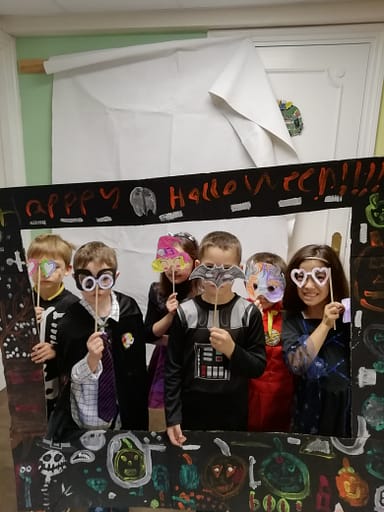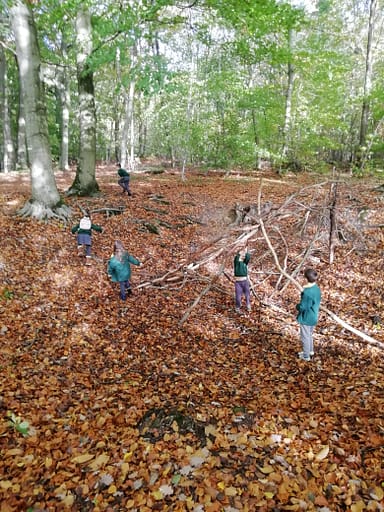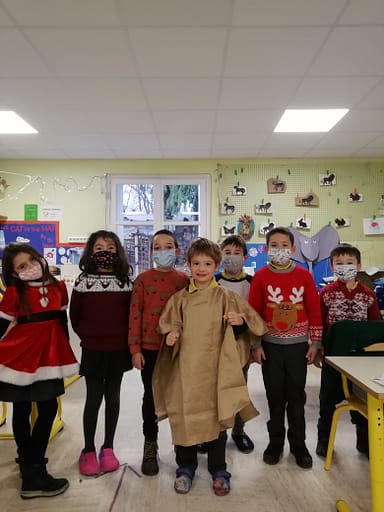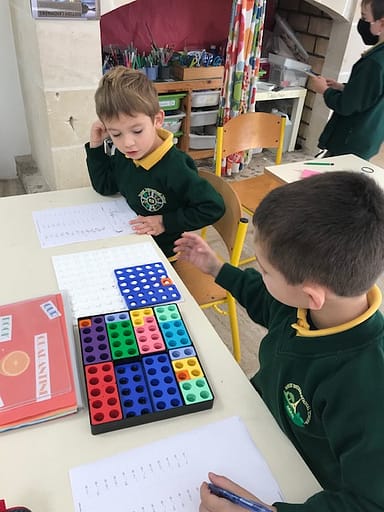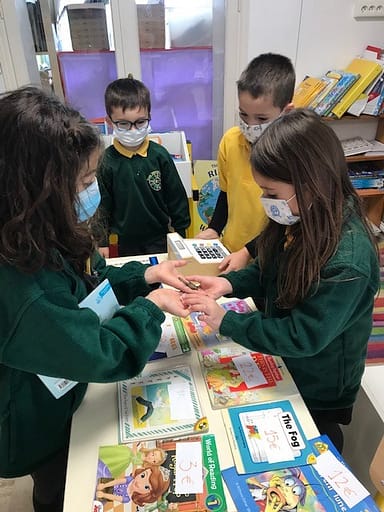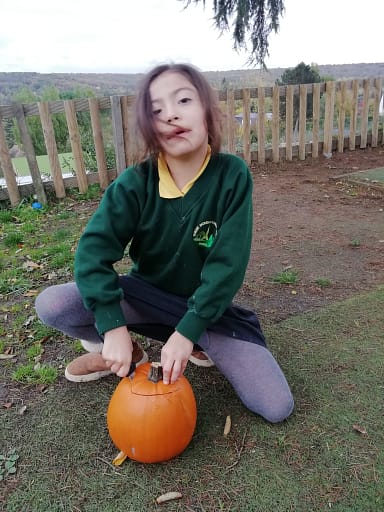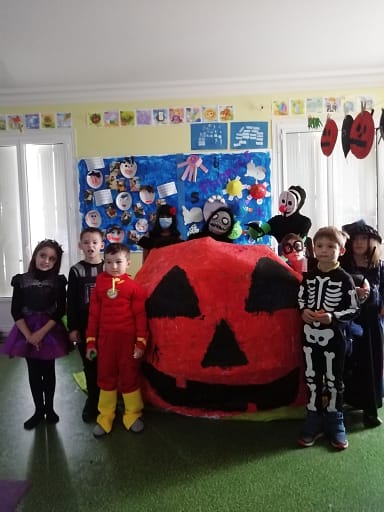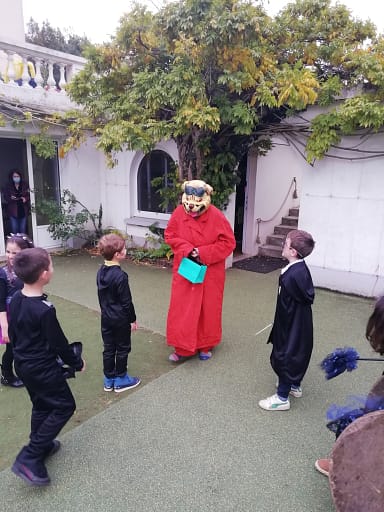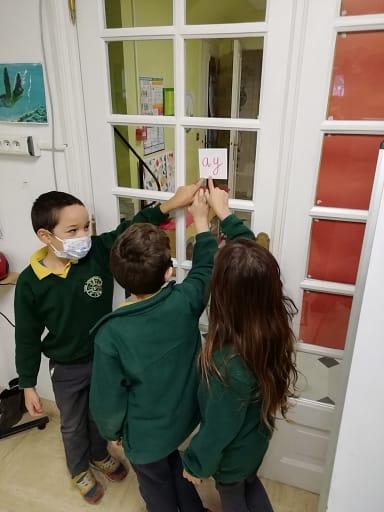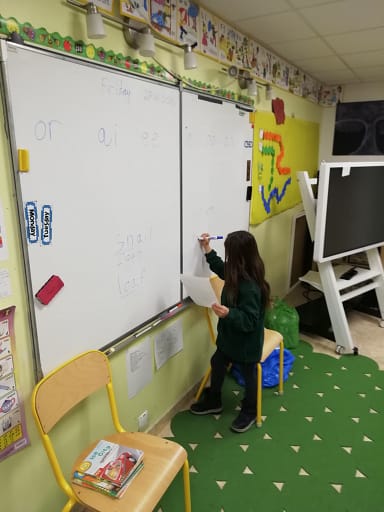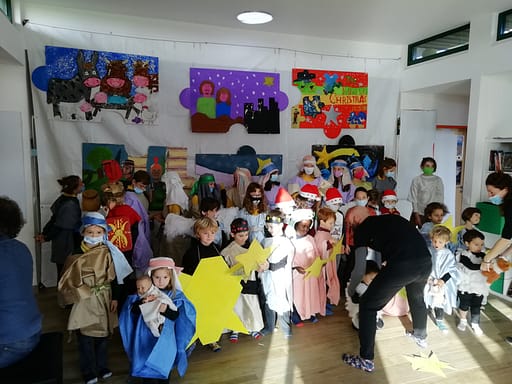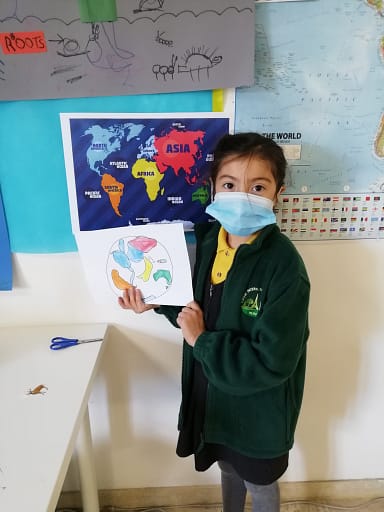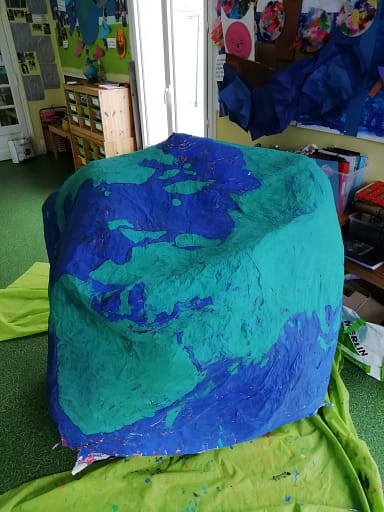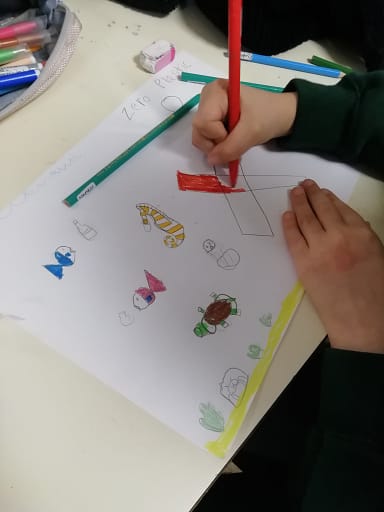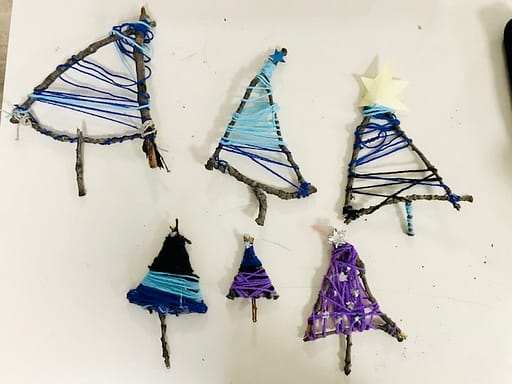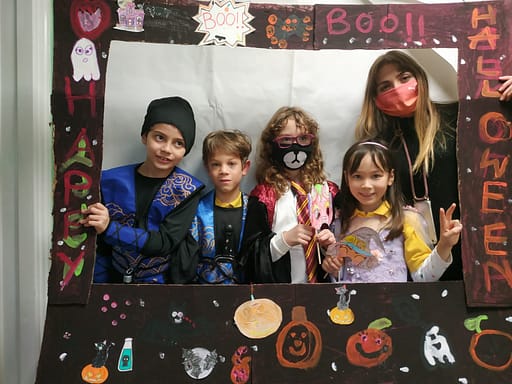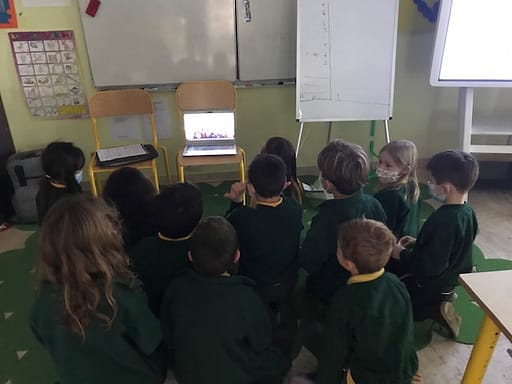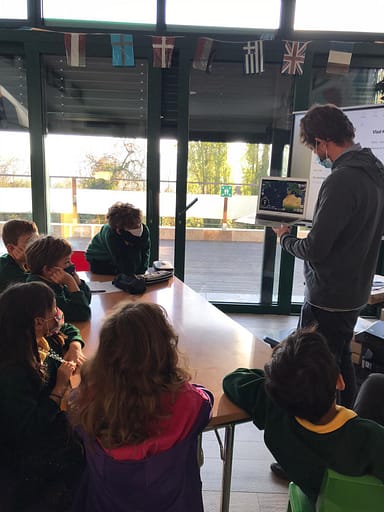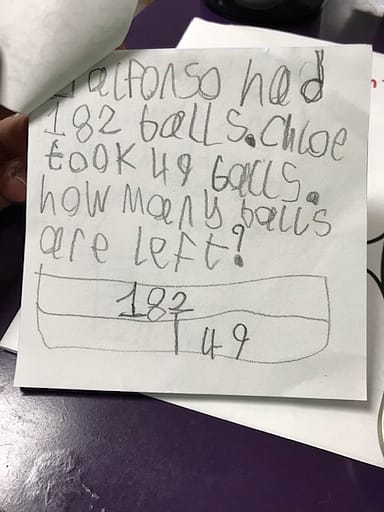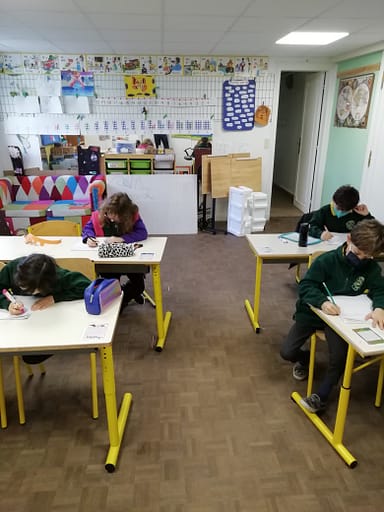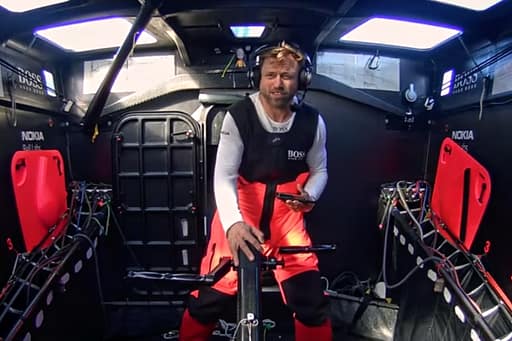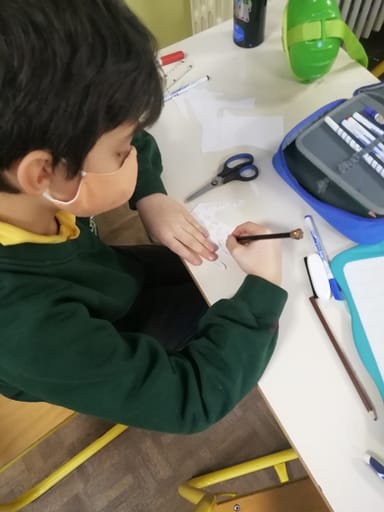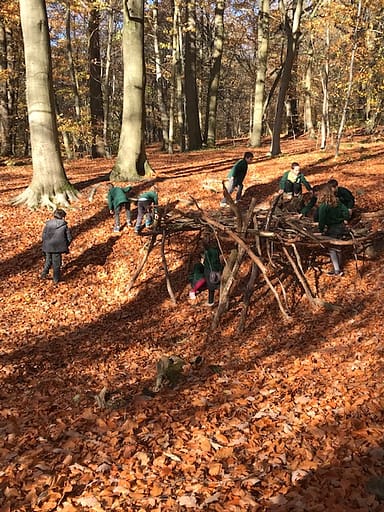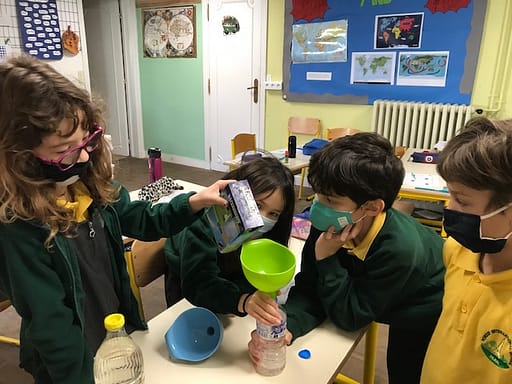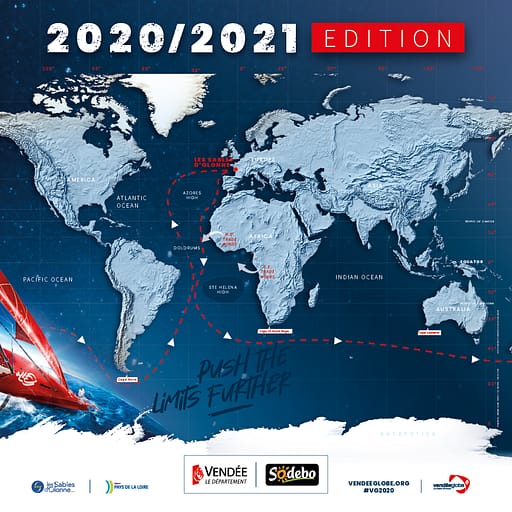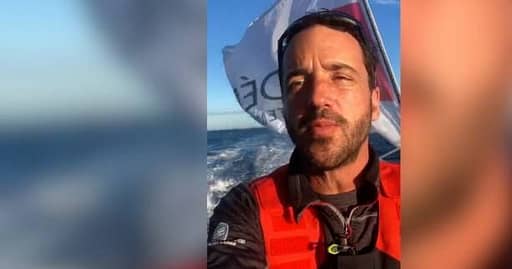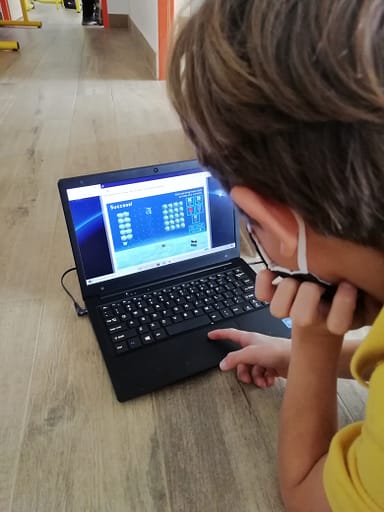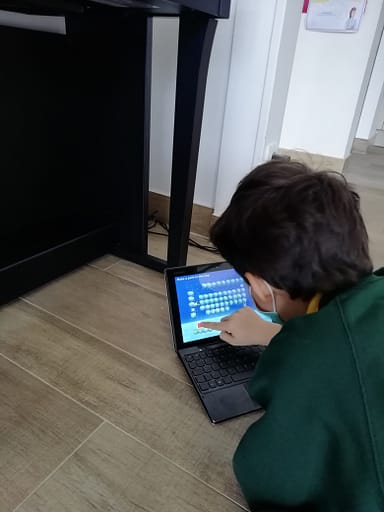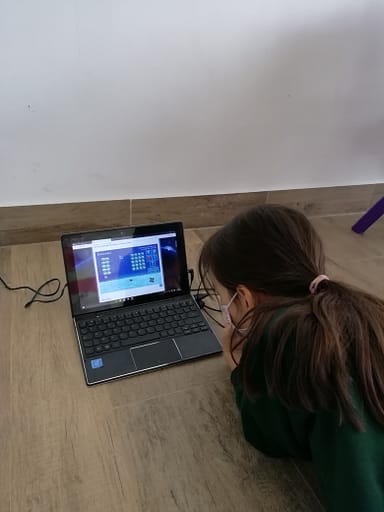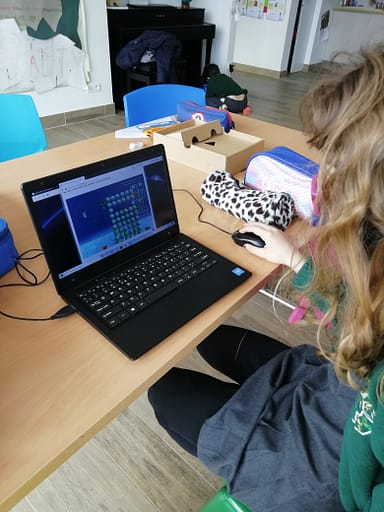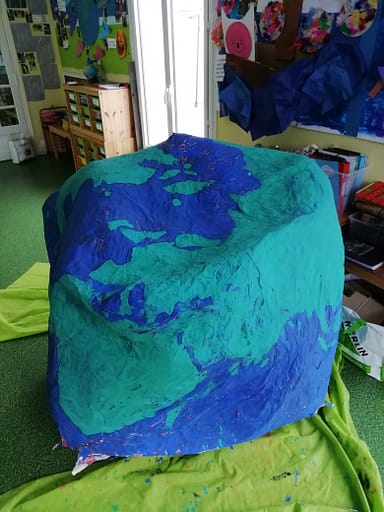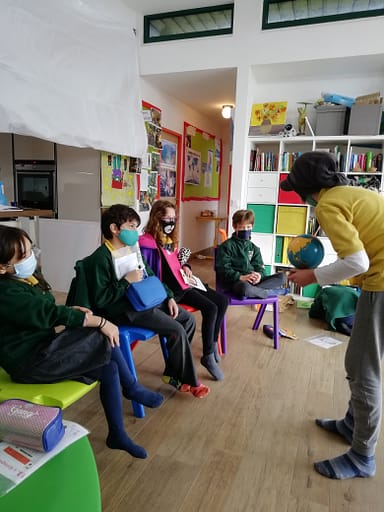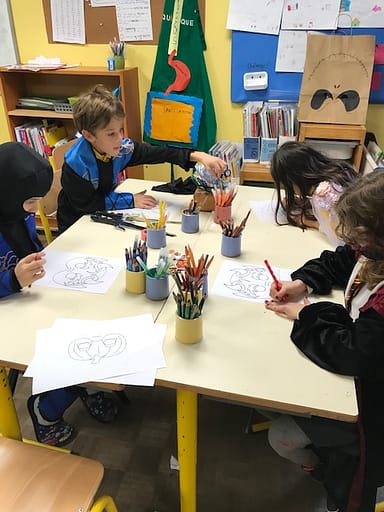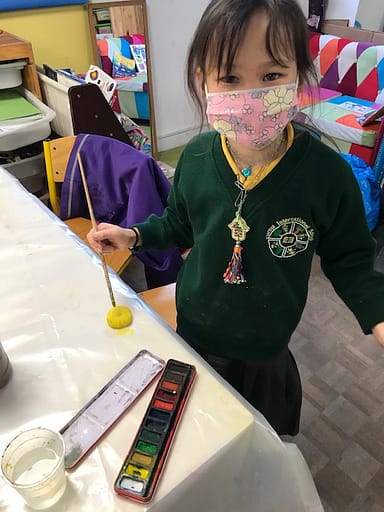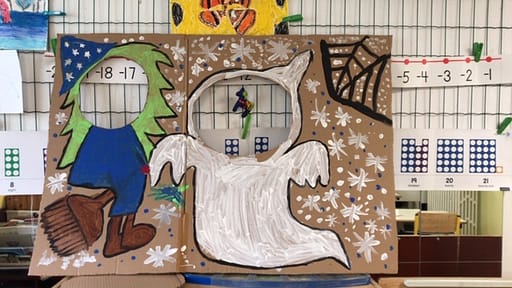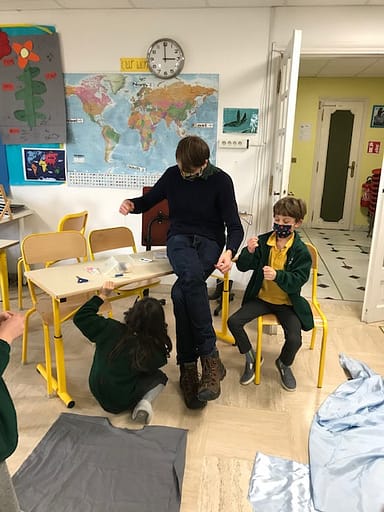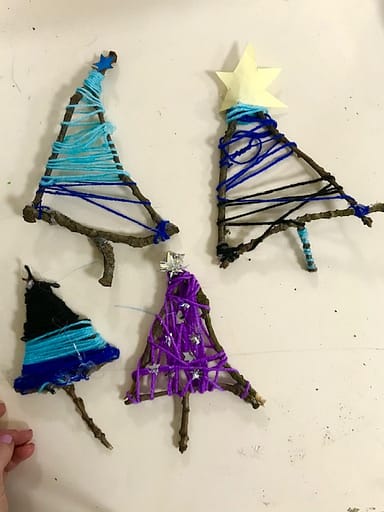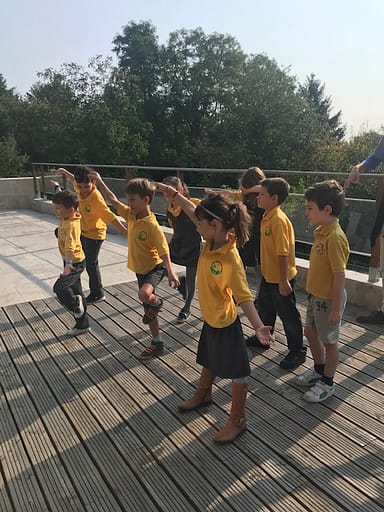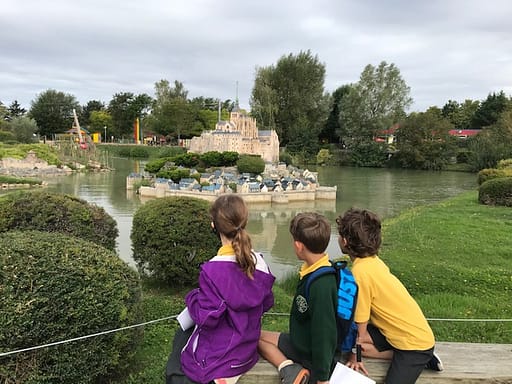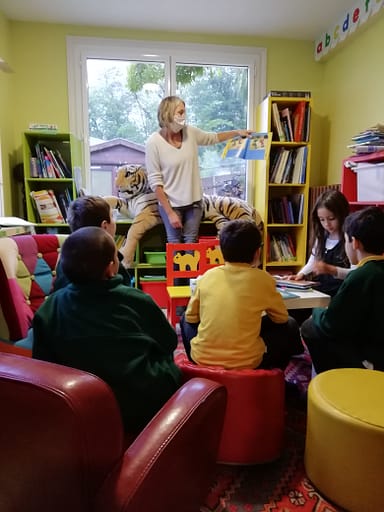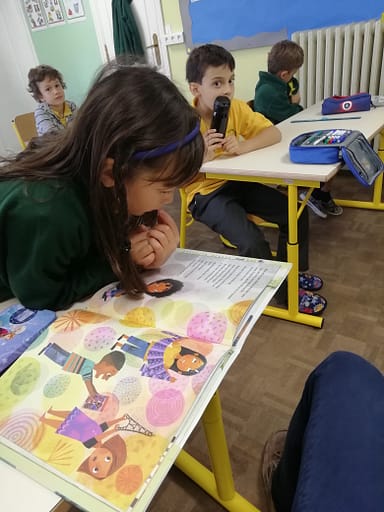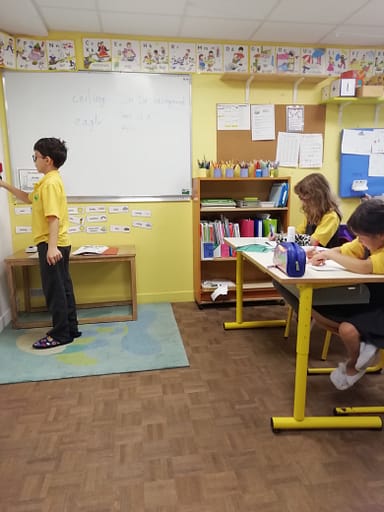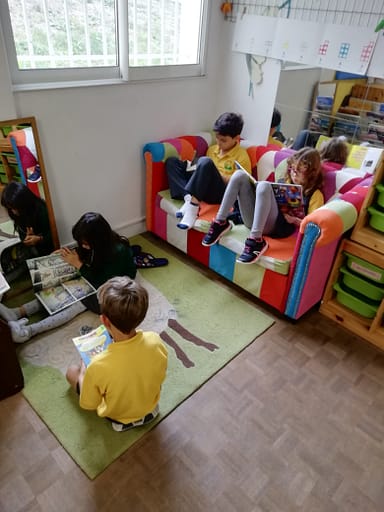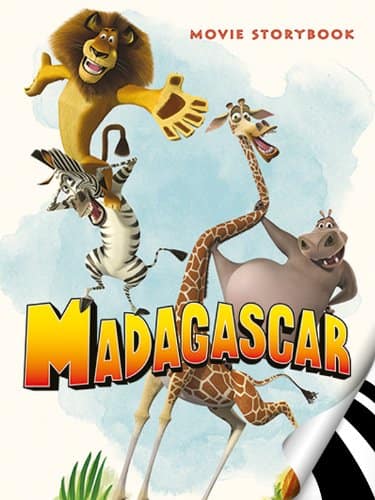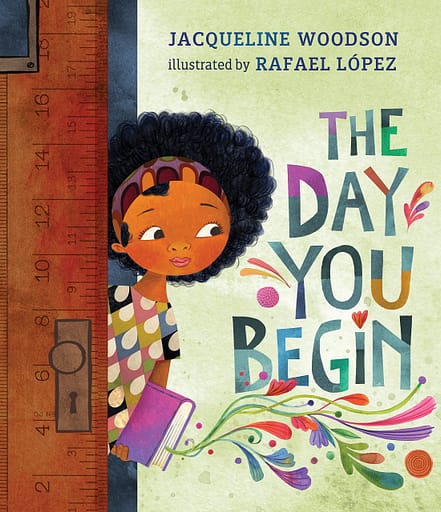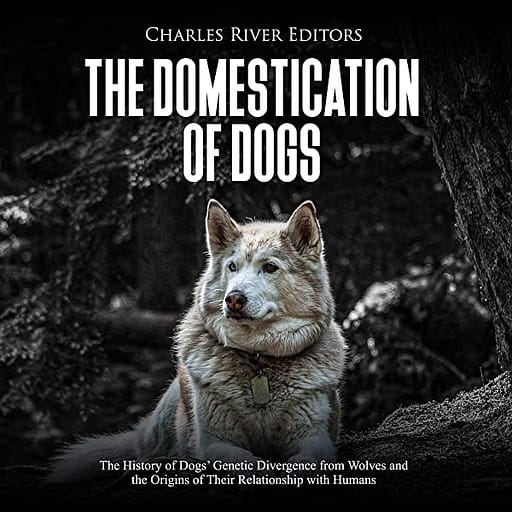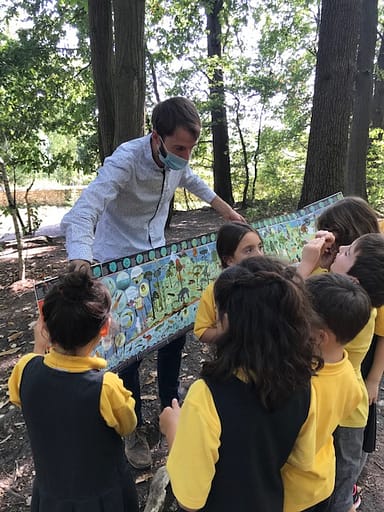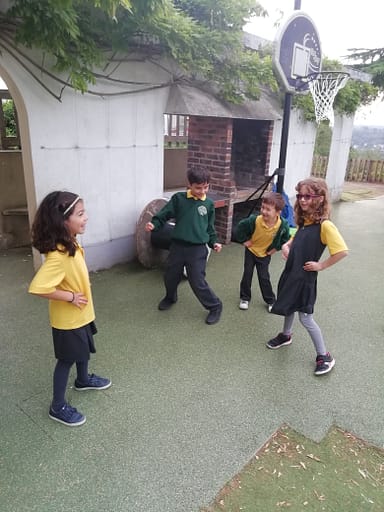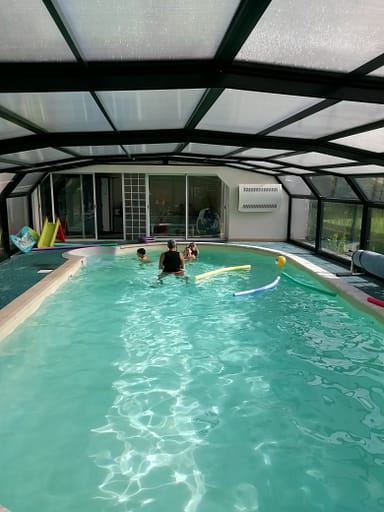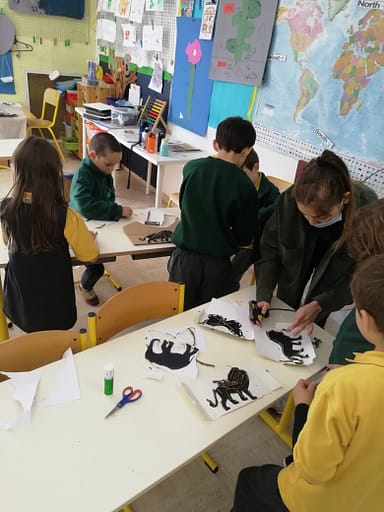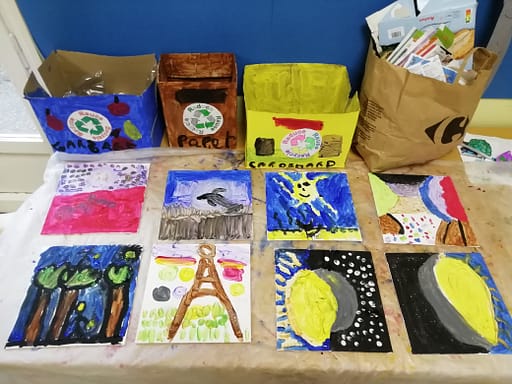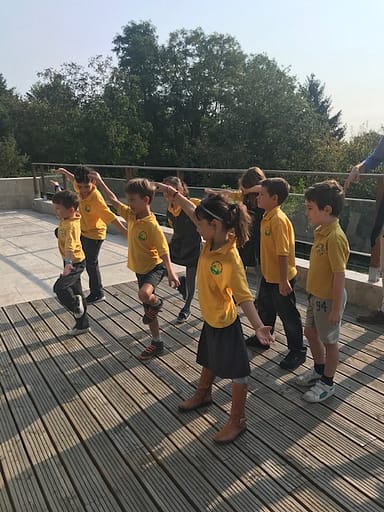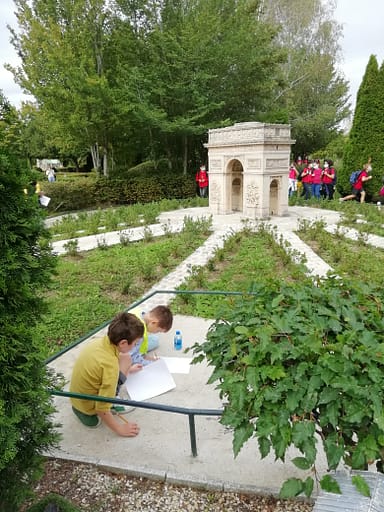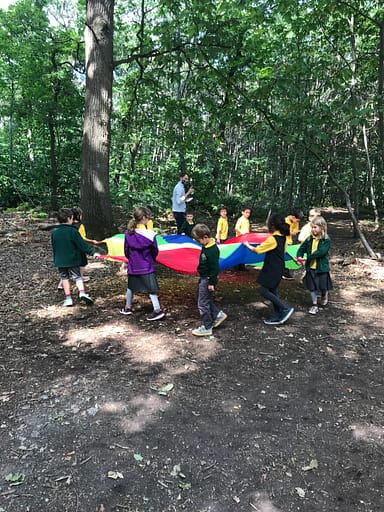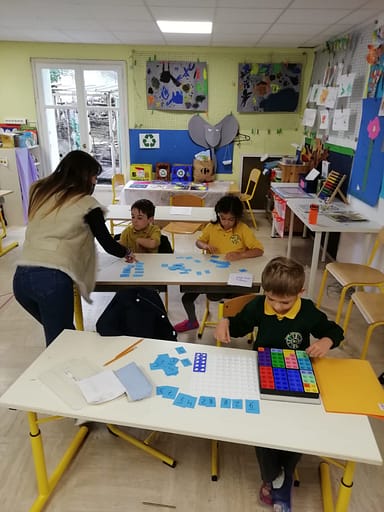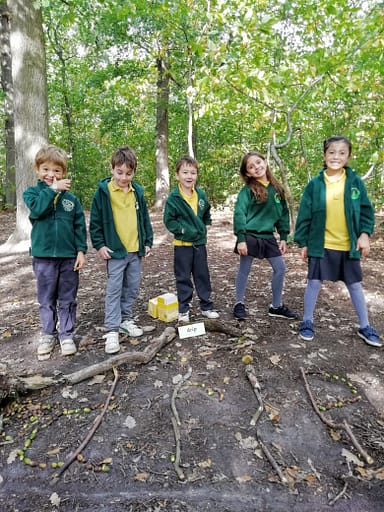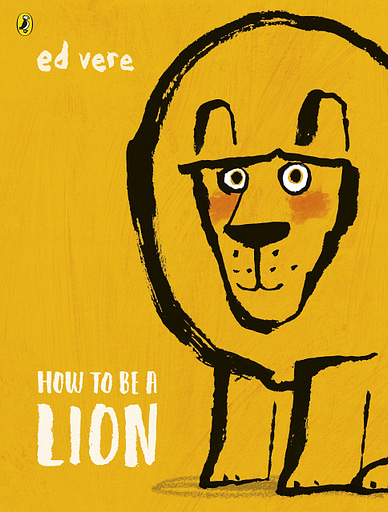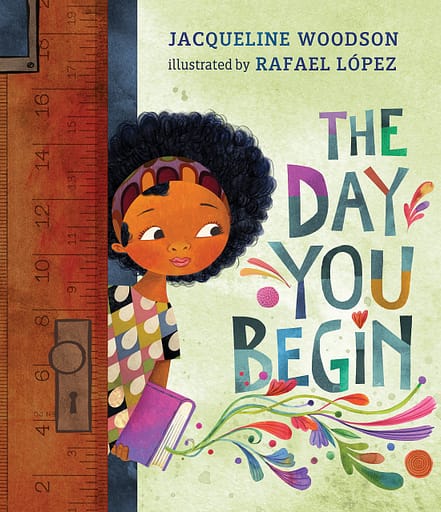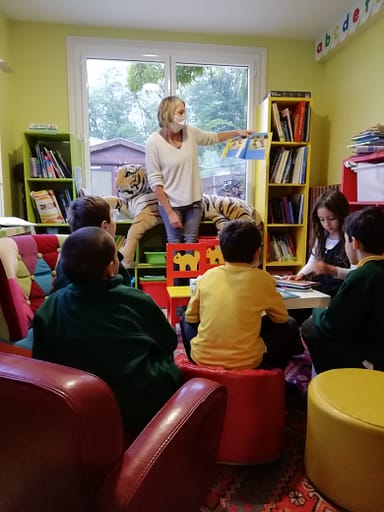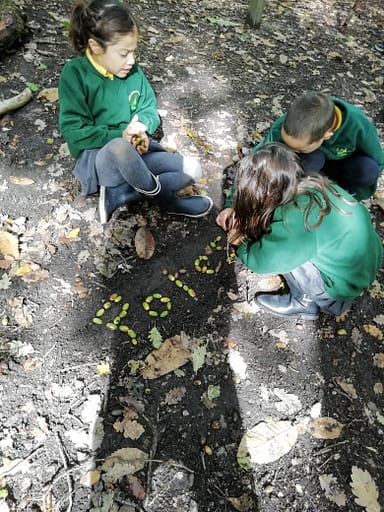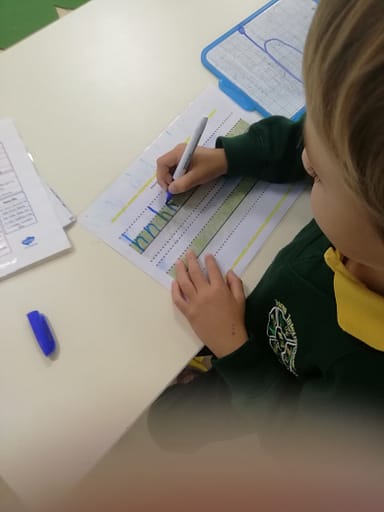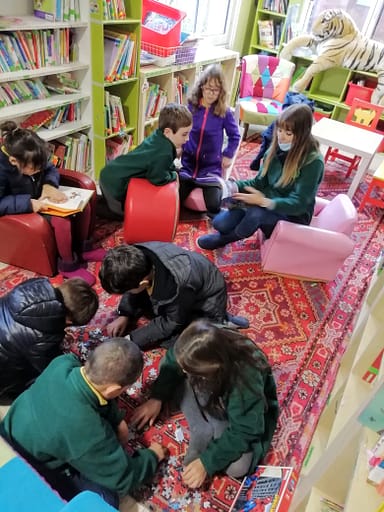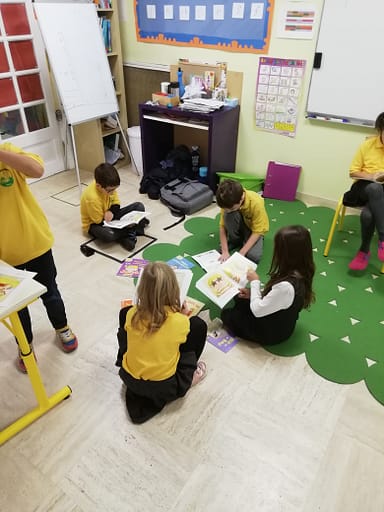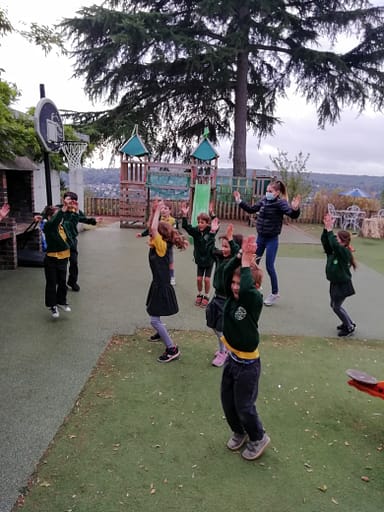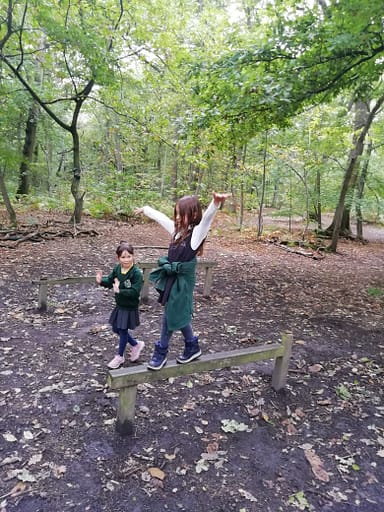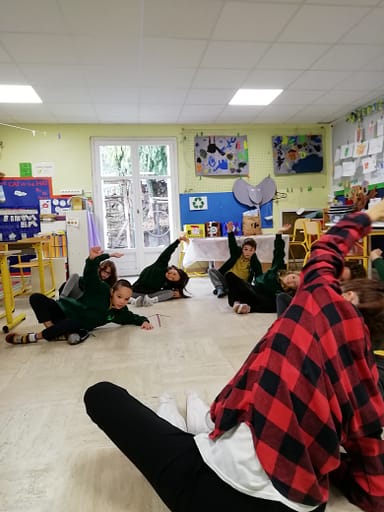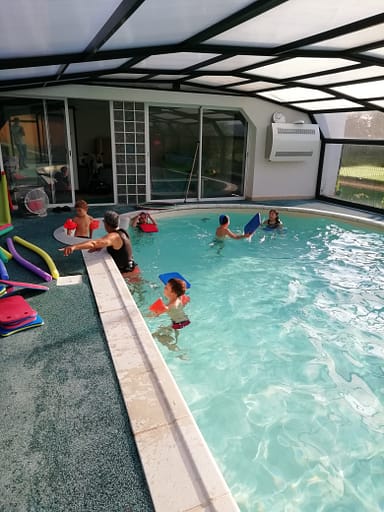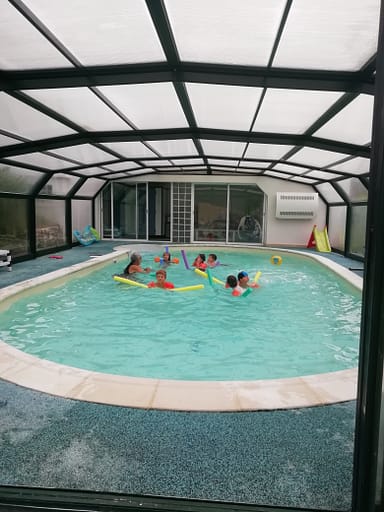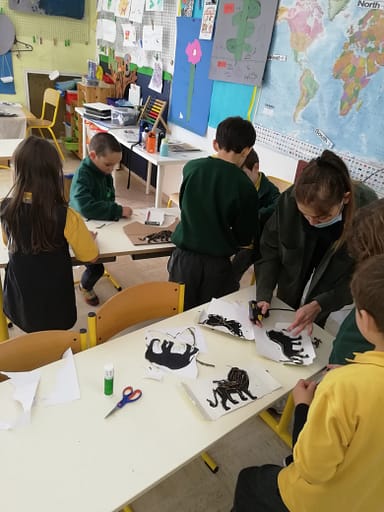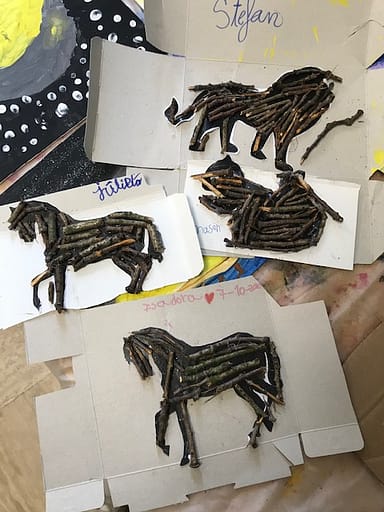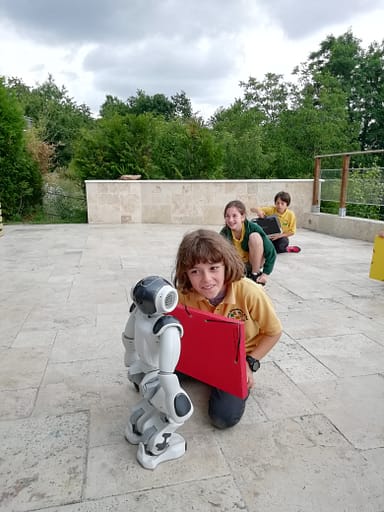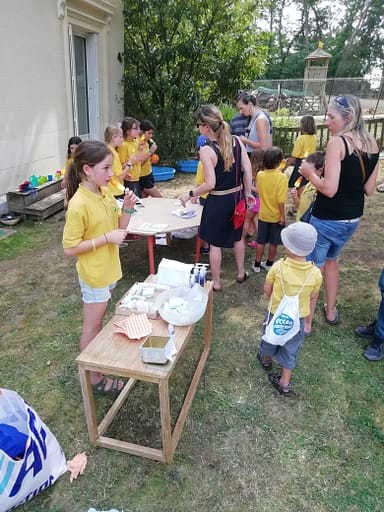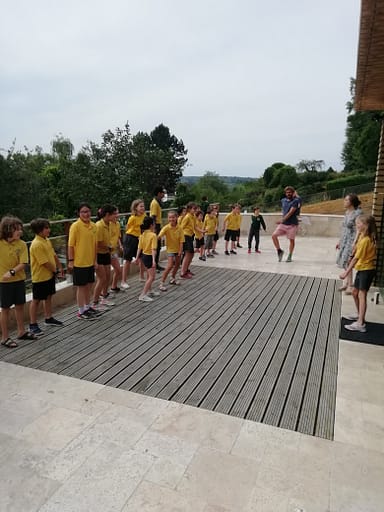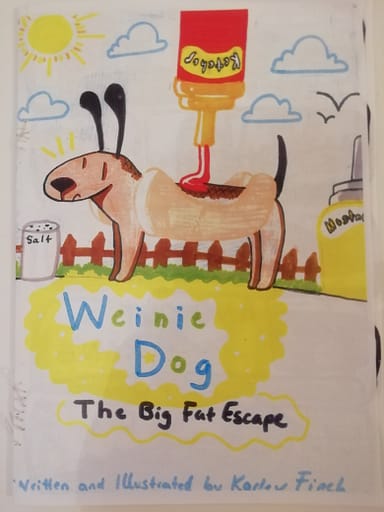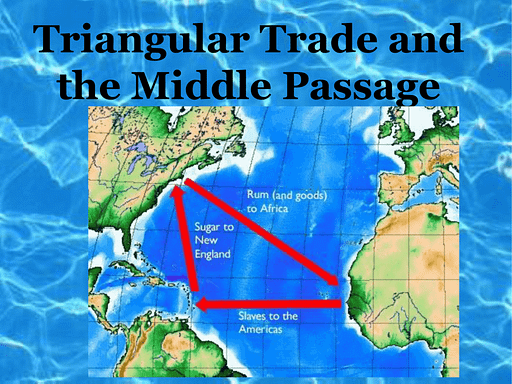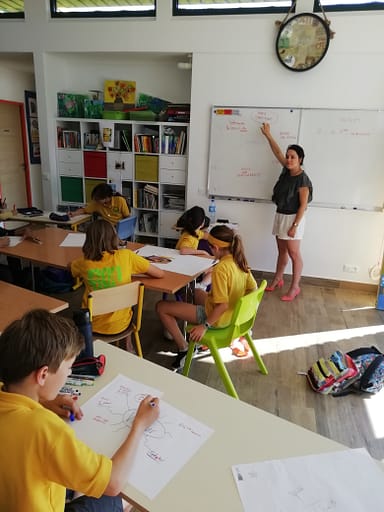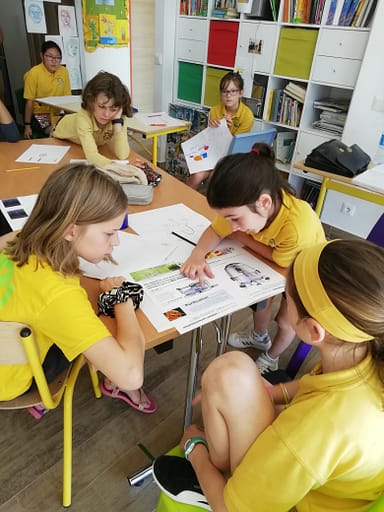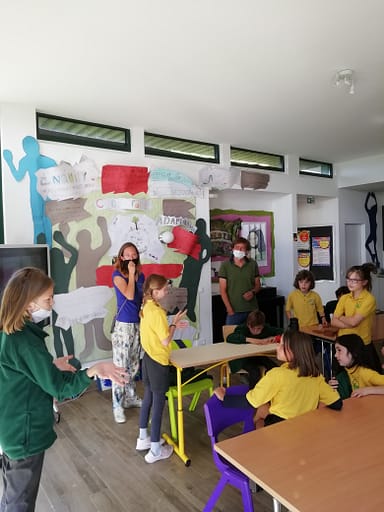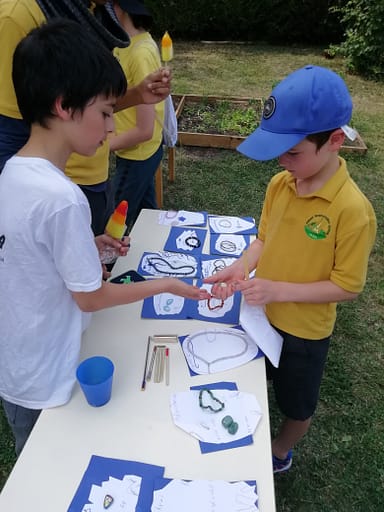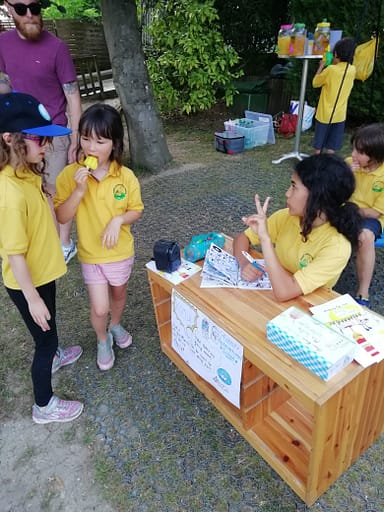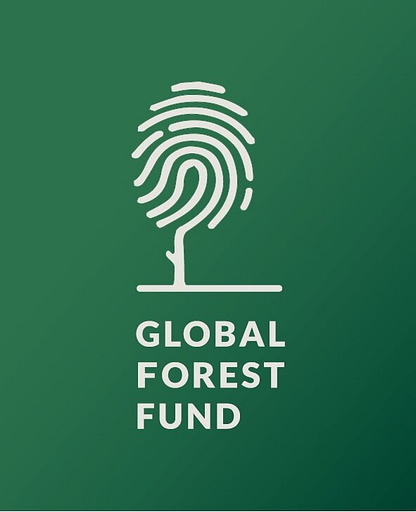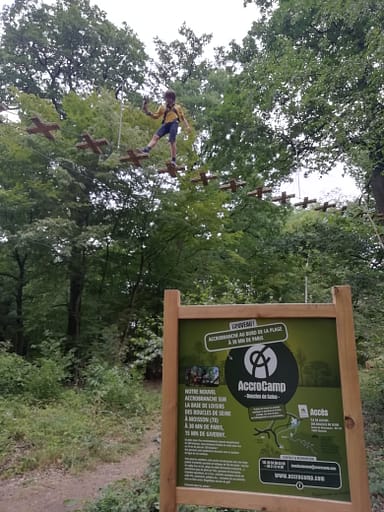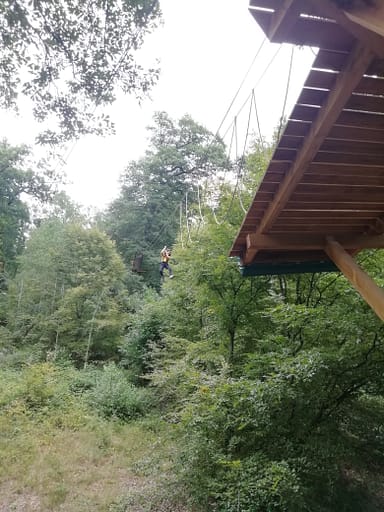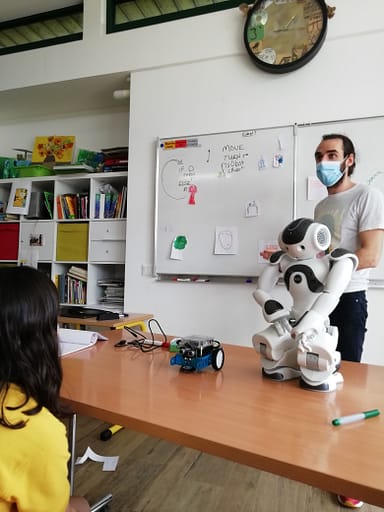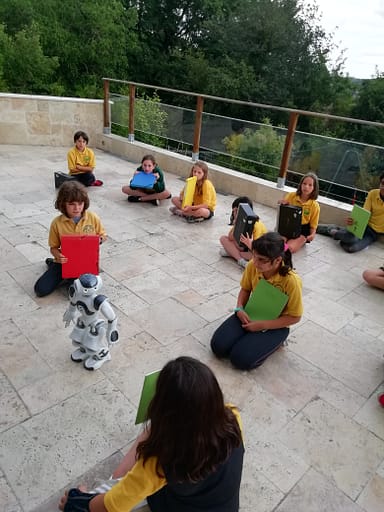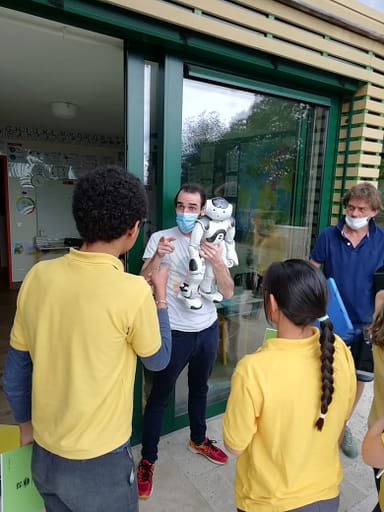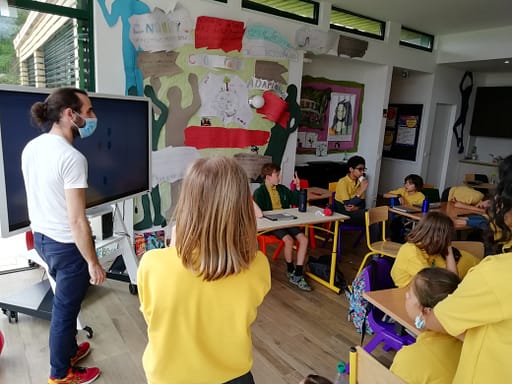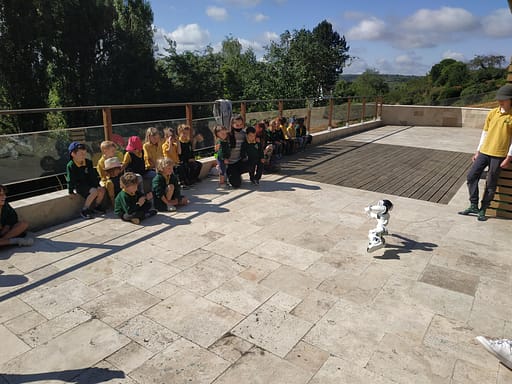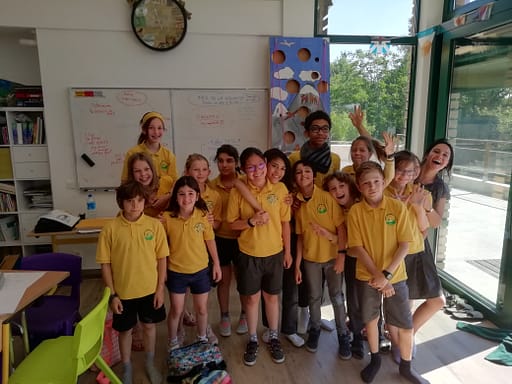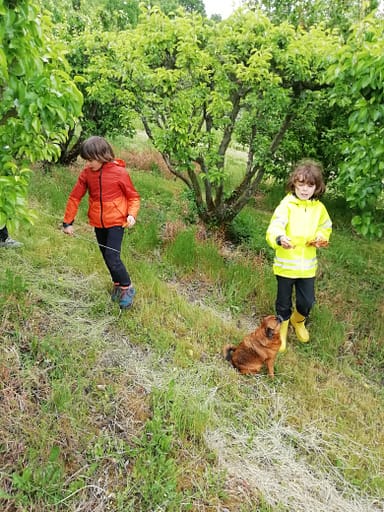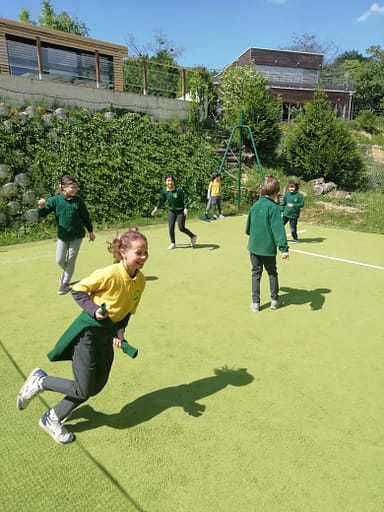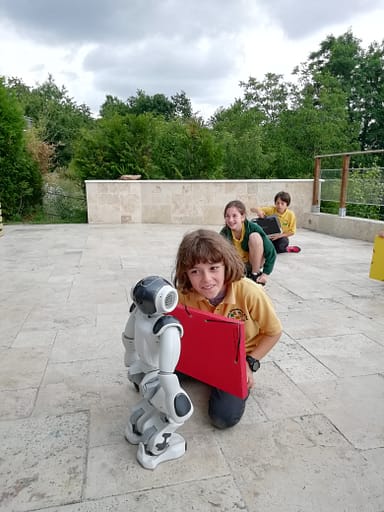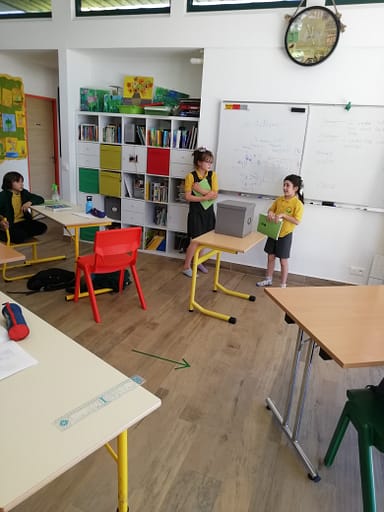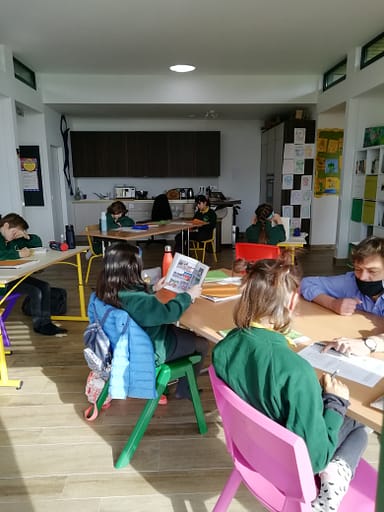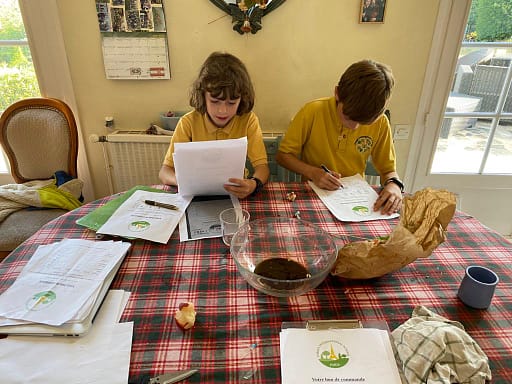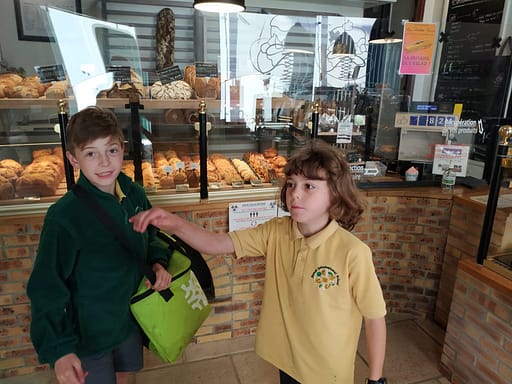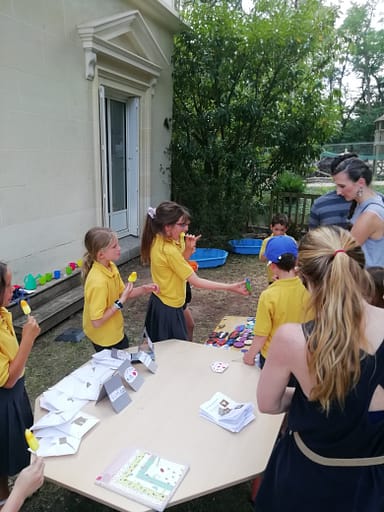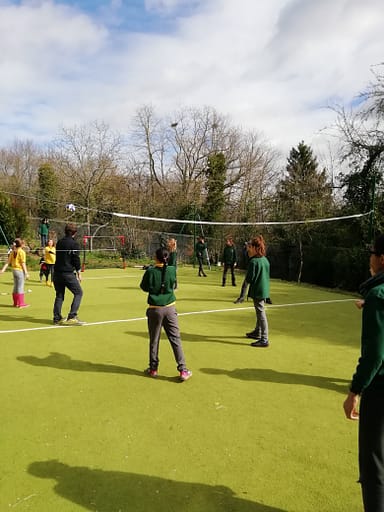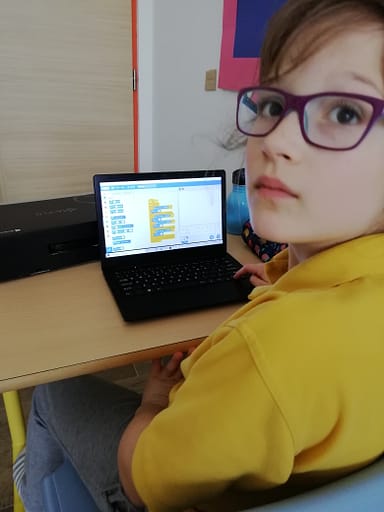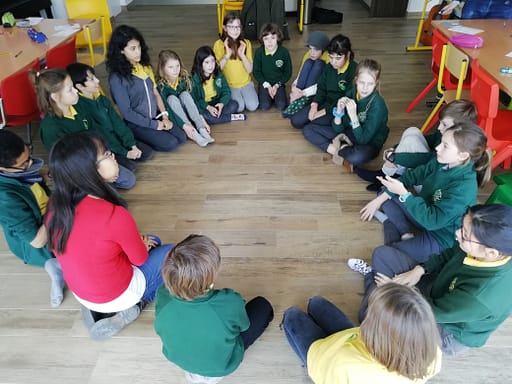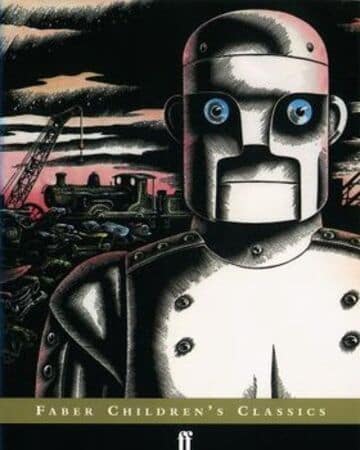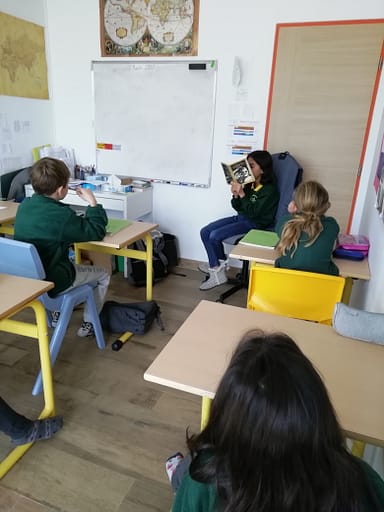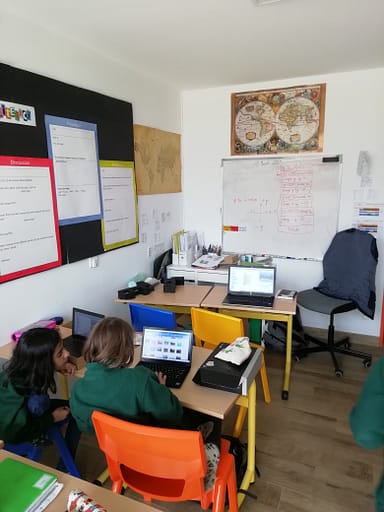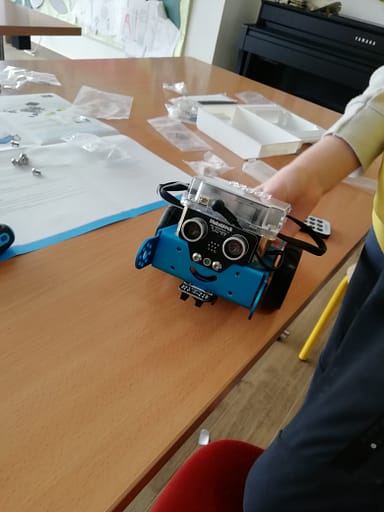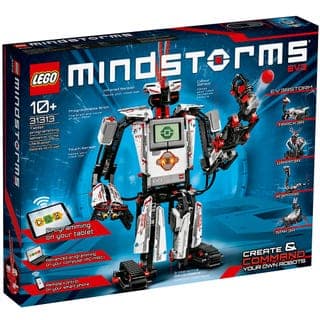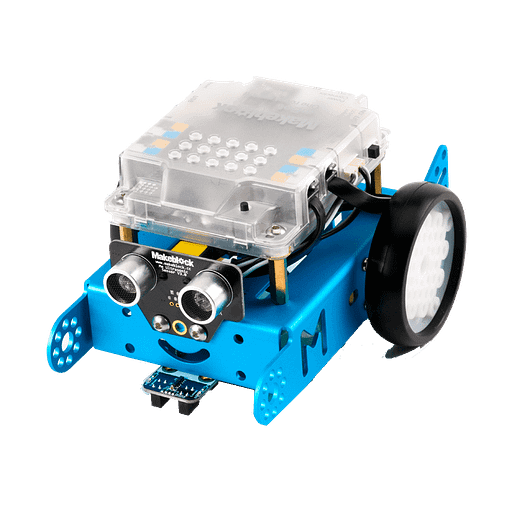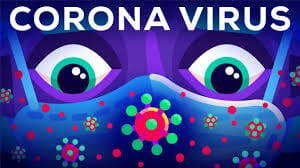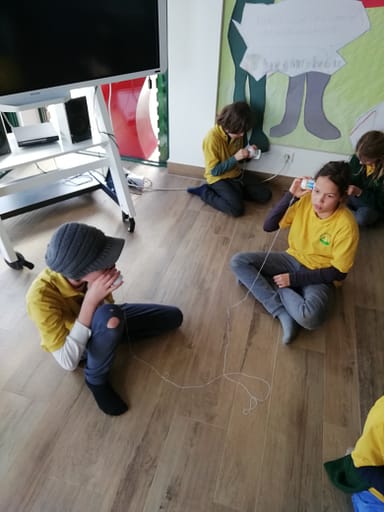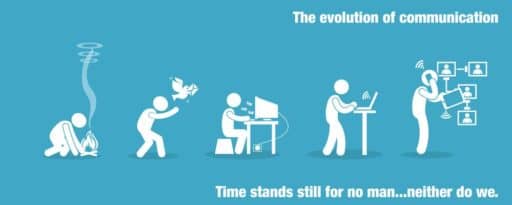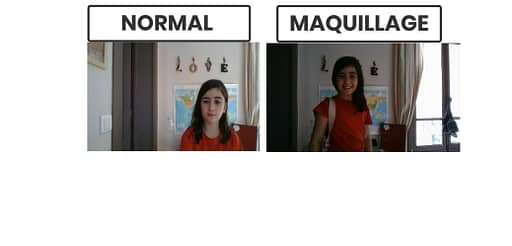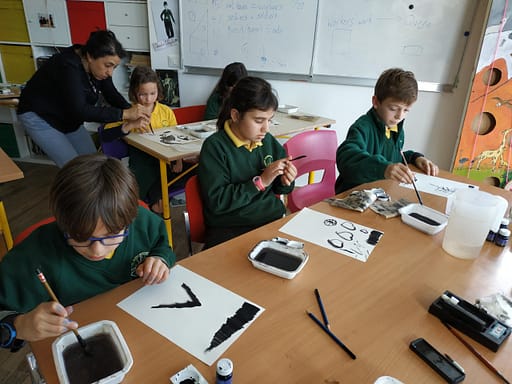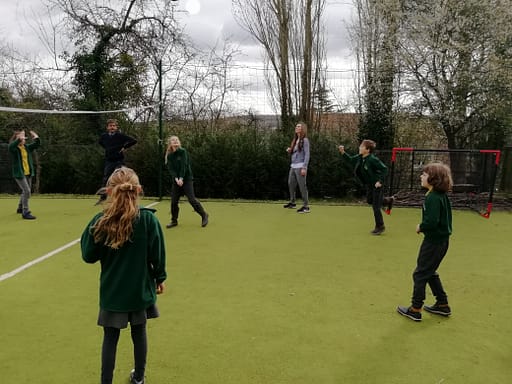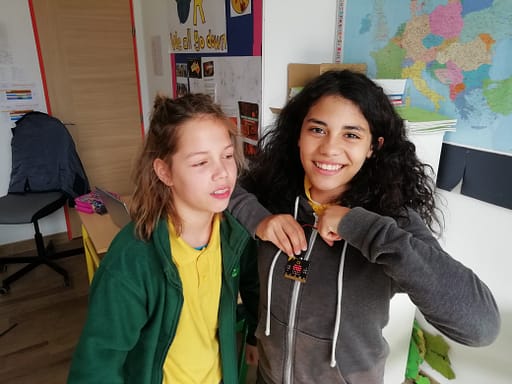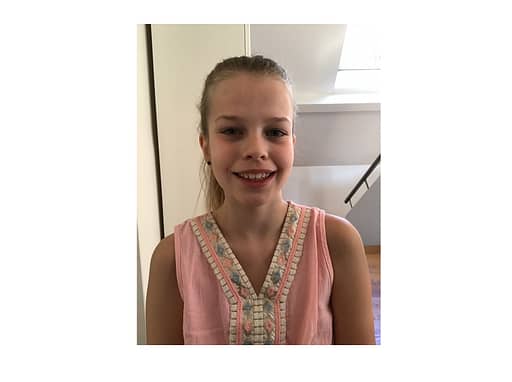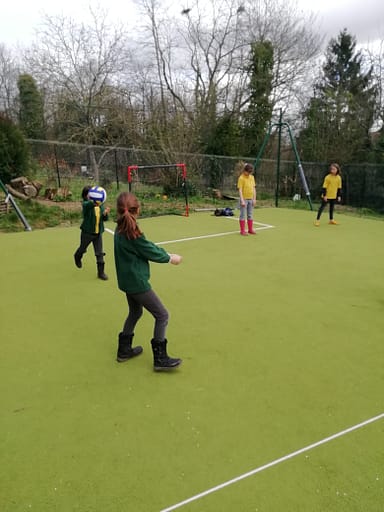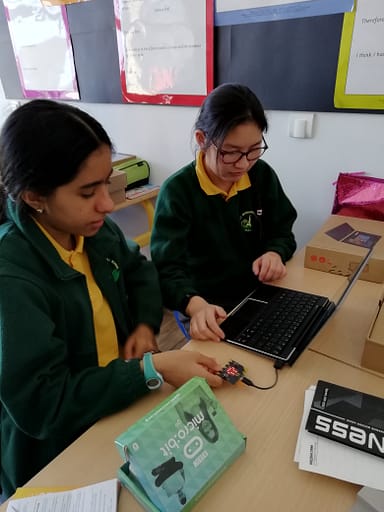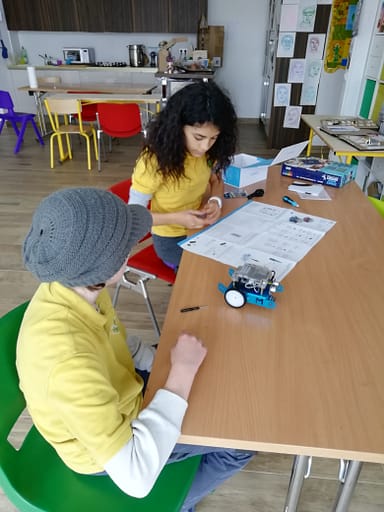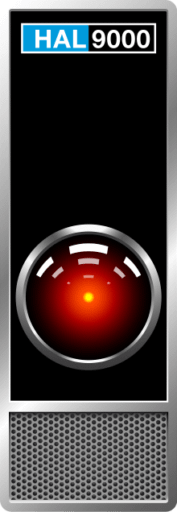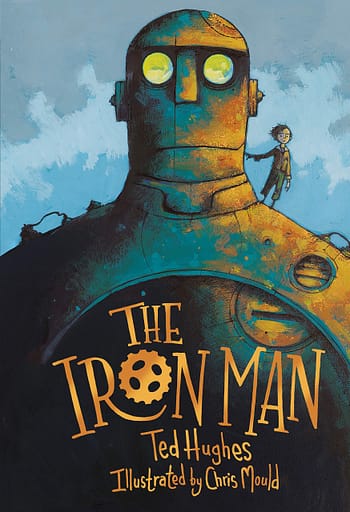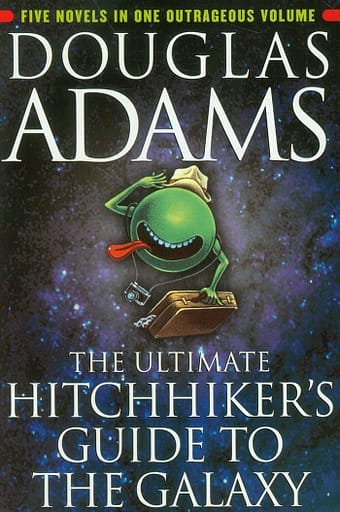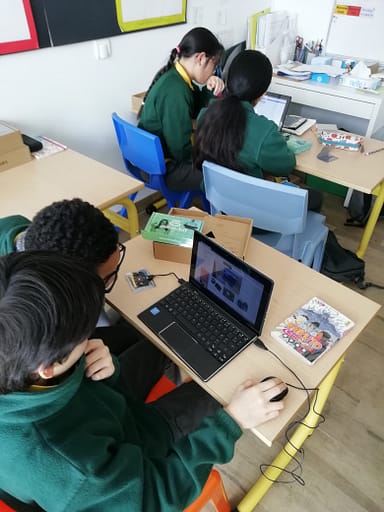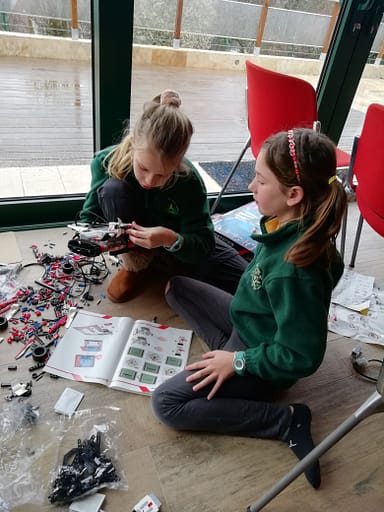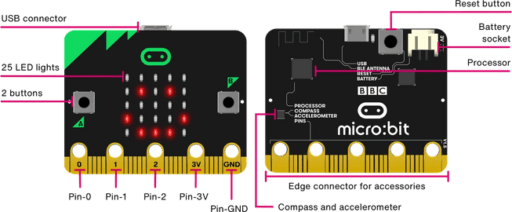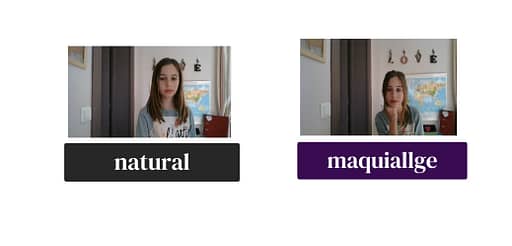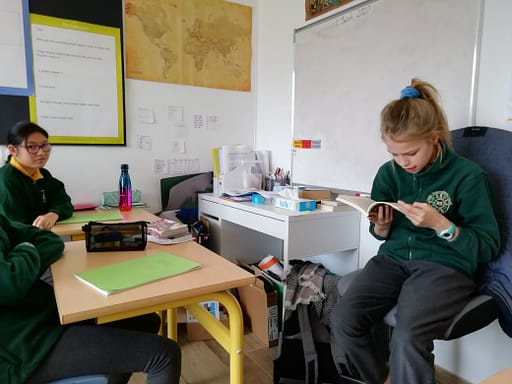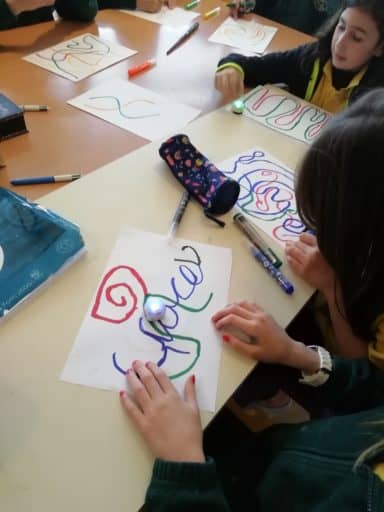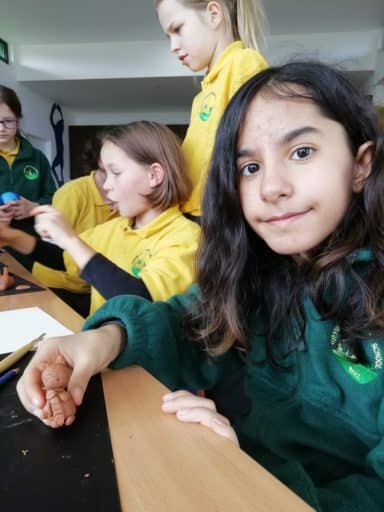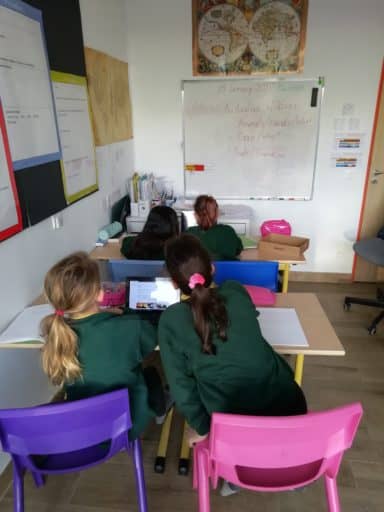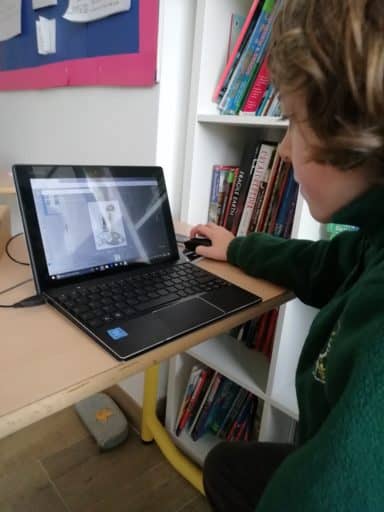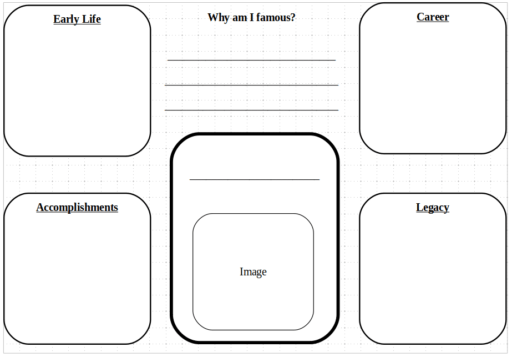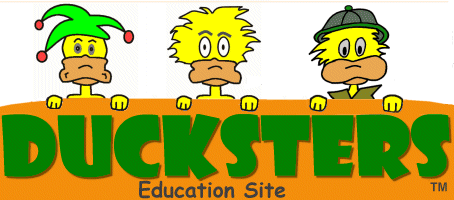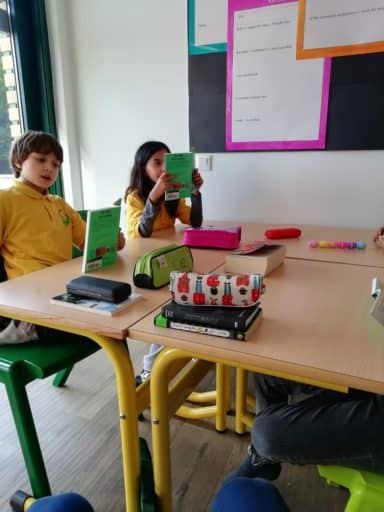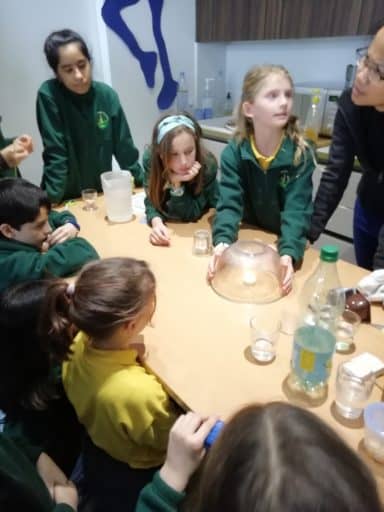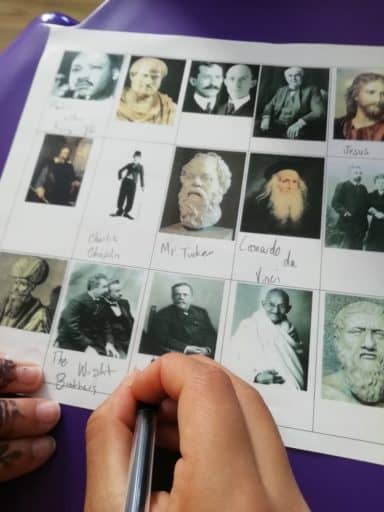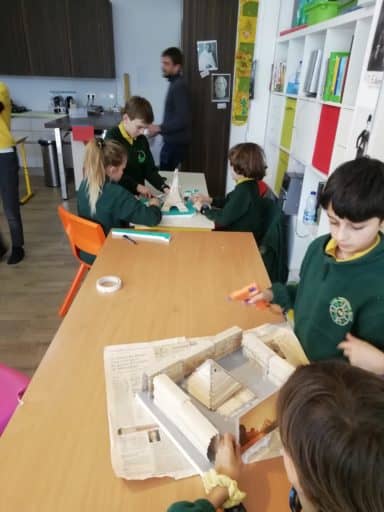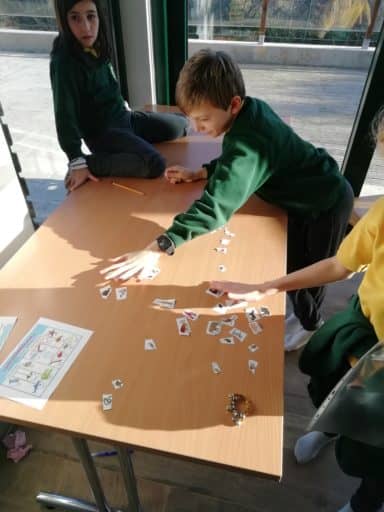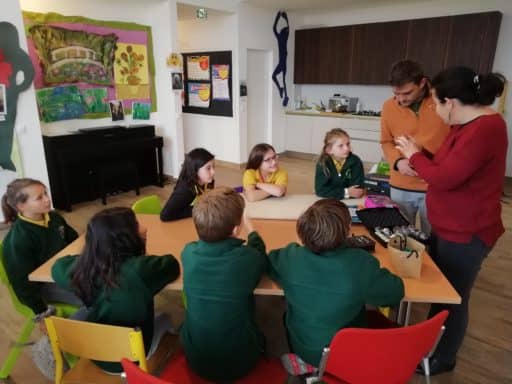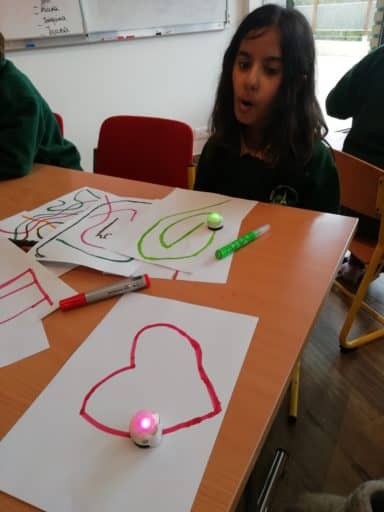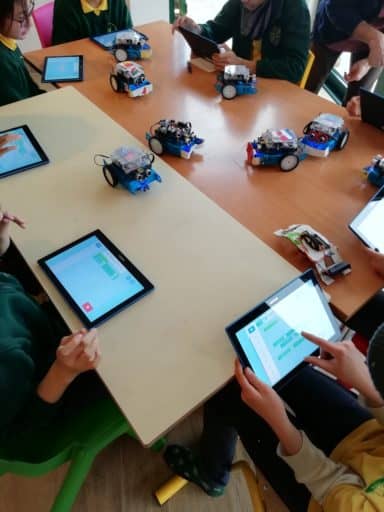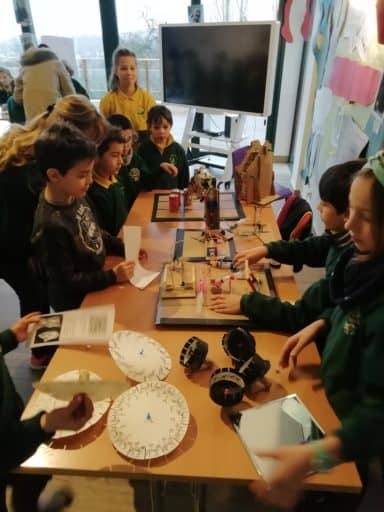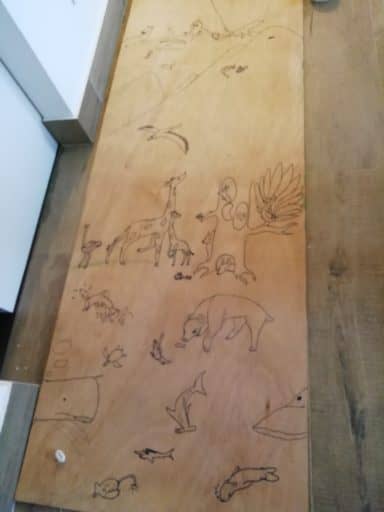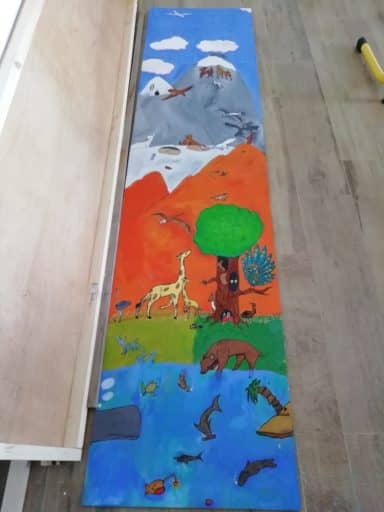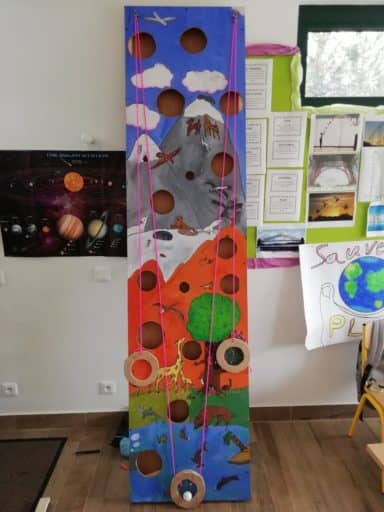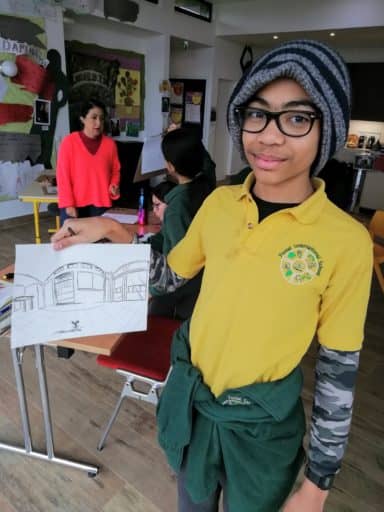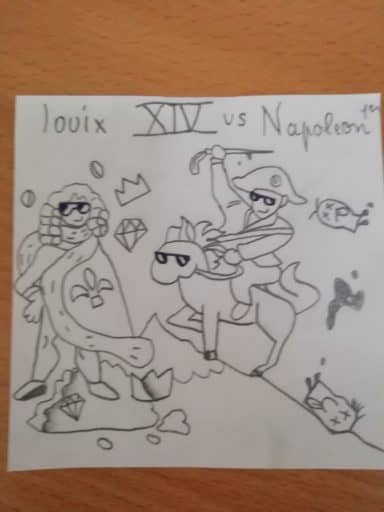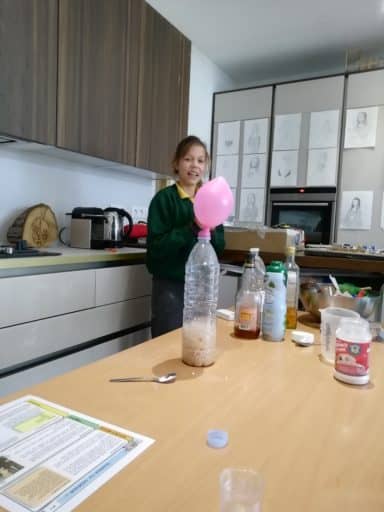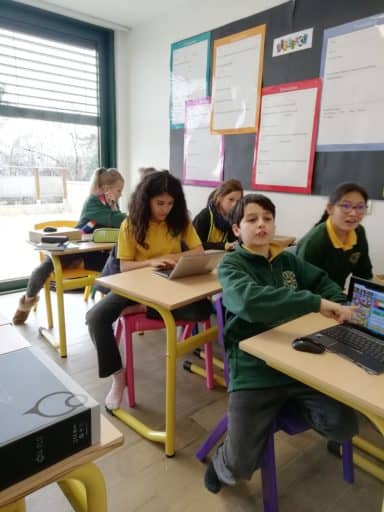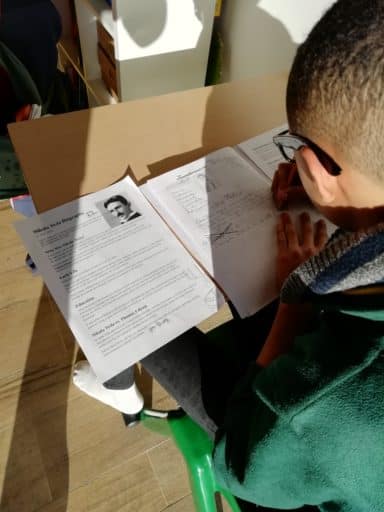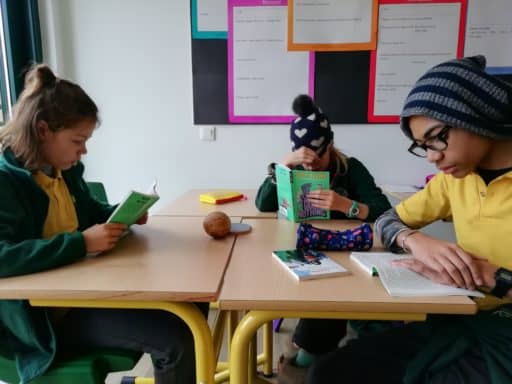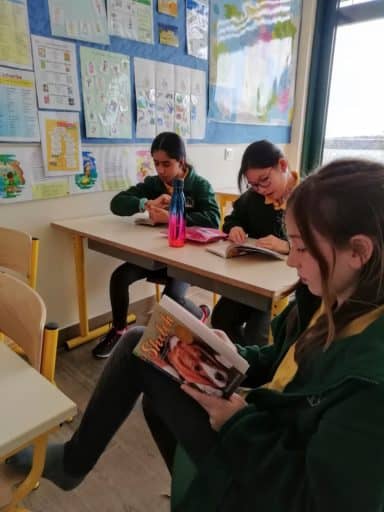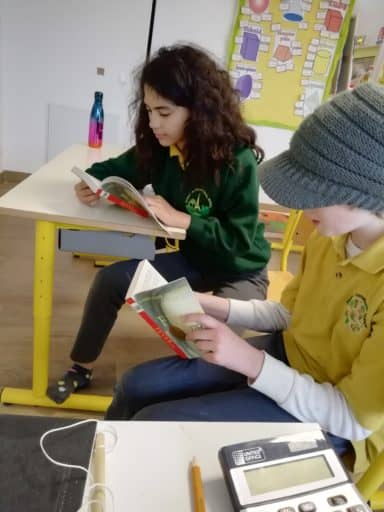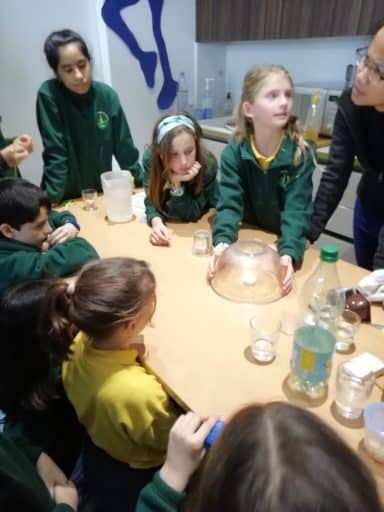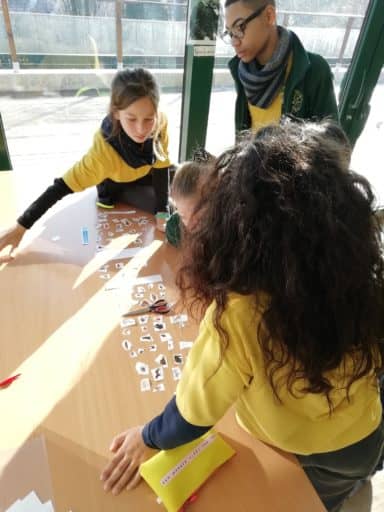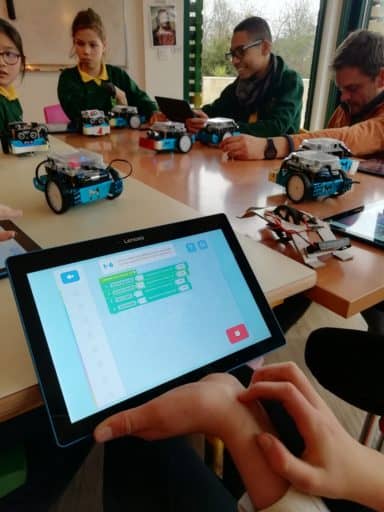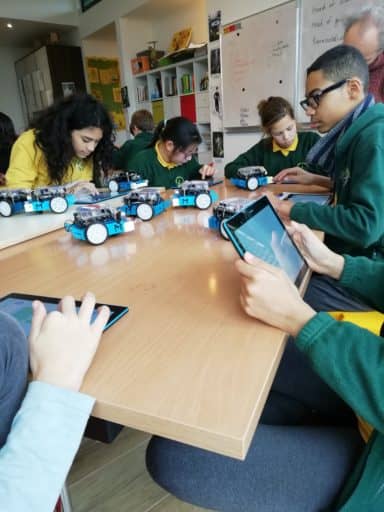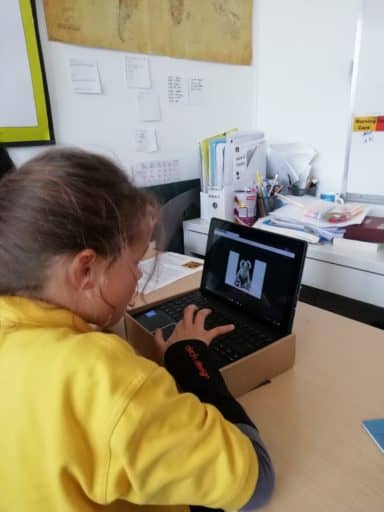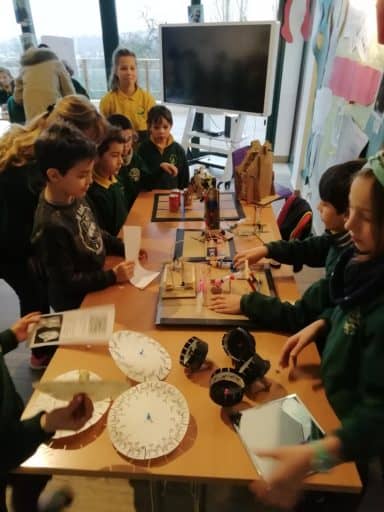Mathematics
Learning objectives achieved this term: We learned to…
– Recognise the place value of each digit in a two-digit number (tens and ones).
– Identify and represent numbers using the number line.
– Compare and order and order numbers from 0 to 100; use <, > and = signs.
– Add and subtract numbers using concrete objects, pictorial representations, including: a two-digit number and ones, a two digit number and tens and two two-digit numbers.
– Solve simple problems in practical context involving addition and subtraction of money of the same unit, including giving change.
– Solve multiplications using materials, arrays and repeated adition.
– Identify 2-D shapes on the surface and create different representations developing psychomotor and visuospatial abilities.
In maths lesson, we can see a combination of a variety of tools and methods to provide pupils with a stimulating environment to create a well-constructed mathematical thinking. Clear examples of those tools could be whiteboards, an abacus, number blocks, Numicon shapes, etc.
Another engaging material used during this term was the Tangram. Through it, pupils developed positive feelings about geometry, gained a stronger grasp of spatial relationship and also, developed an understanding of how geometric shapes can be decomposed.
One of the main pillars to ensure success in learning is <<Gamification>>, which is about transforming the classroom environment and regular activities into games.
Literacy
In Literacy we continued to build on our foundation of phonics, created our first story and traveled around the world as a sailor.
Pupils learned poetry through the poem ‘This is Halloween’ by Tim Burton’s film The Nightmare Before Christmas. Of course, we celebrated in costume as well! Other stories we read included adventure stories about pirates, a careful read and analysis of Goldilocks and the Three Bears, and the playscript of the Christmas show A Christmas Jigsaw.
Learning objectives achieved this term: We learned to…
– read, recognise and spell various single-letter graphemes (such as ‘j’ and ‘w’) and double-letter graphemes (such as ‘ch’ and ‘ay’)
– segment words into separate sounds based on their various graphemes
– interpret and decipher exceptions to the phonic rules learned (such as ‘she’ and ‘the’)
– understand the difference between short and long vowels and pronounce them correctly
– read phonically decodable text with increasing levels of confidence and complexity
– comprehend and interpret texts read out loud
– write out and spell words based on the graphemes studied in class
– sequence the order of a text successfully
– read out dialogue and add tone to act out a role-play successfully
– memorise song lyrics and sing them out loud with good pitch successfully
Science
Learning objectives achieved this term: We learned to…
– Identify and compare the properties of certain materials.
– Investigating and sort several materials attending to different features.
– Testing the purpose of wood, metal, plastic, glass, brick, rock, paper and cardboard for particular uses.
– Knowing the properties of certain materials.
– Find out how the shapes of solid objects made from some materials can be changed
by squashing, bending, twisting and stretching.
– Understanding the use of different materials and understand/reasoning: “Why is that material useful?”
Science lessons provide them with the foundations for understanding the world through several disciplines such as biology, chemistry and physics. They are encouraged to be curious, to explore and ask questions about the world around them.
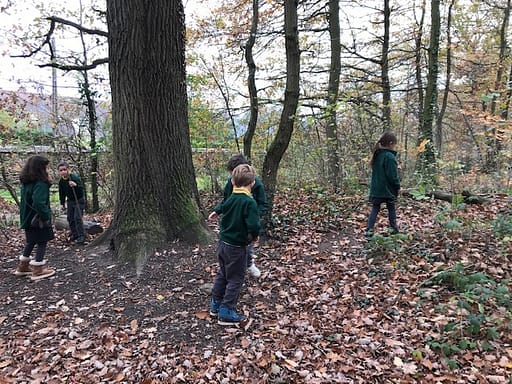
Specifically, in this term, we focused on ‘everyday materials’. Pupils have discussed and raised their own questions about everyday materials, with the aim that they become familiar with the names of these materials and their properties.
Moreover, they have explored and experimented with a wide variety of materials, to acquire meaningful knowledge. By observing, exploring, manipulating and experimenting, they linked their school knowledge with their closer environment.
As a Forest School, one of our most important values is to promote taking care of our environment. Through activities, assemblies and eco-projects, pupils adopt a proactive attitude in order to save our planet.
History and Geography
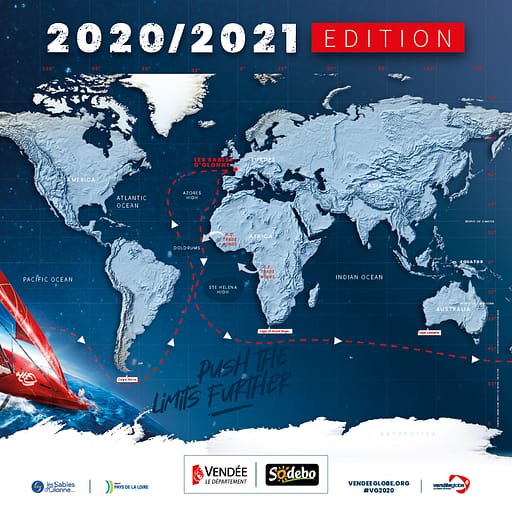
Pupils learned about oceans and the Vendée Globe competition in History and Geography class this term. The Vendée Globe is a non-stop sailing competition for solo sailors which takes place once every four years. Birch learned to identify the different oceans and continents, where we live, and about various obstacles in the ocean such as the doldrums, gyres and fast winds of the Southern Ocean.
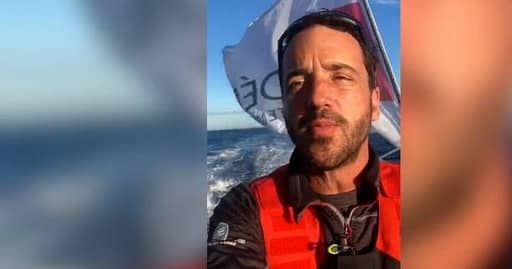
Pupils had a chance to meet Louis Burton via a Zoom call at the beginning of term before Louis Burton set off.
Learning objectives achieved this term: We learned to…
– understand the difference between an ocean and other bodies of water such as a lake or sea
– identify and locate the different continents and oceans of the world
– understand the different obstacles one can find in the ocean such as doldrums and gyres
– appreciate the dangers of our use of plastic and its negative impact on ocean habitats
– identify and observe different marine wildlife and understand how these animals interact with / compete against one another for food and living space
Art and Design
Learning objectives achieved this term: We learned to…
– To use a range of materials creatively to design and make products.
– To use drawing, painting and sculpture to develop and share their ideas, experiences
and imagination
– To develop a wide range of art and design techniques in using colour, pattern, texture,
line, shape, form and space
Art lesson provide pupils the chance to develop their knowledge and skills to experiment, invent and create their own work of art, craft and design. By creating a creative environment and appropiate materials, pupils develop a wide range of art and design techniques using colour, patterns, texture, shape and space.

